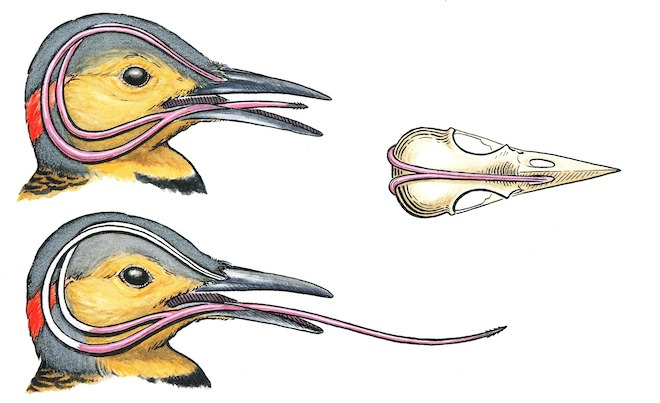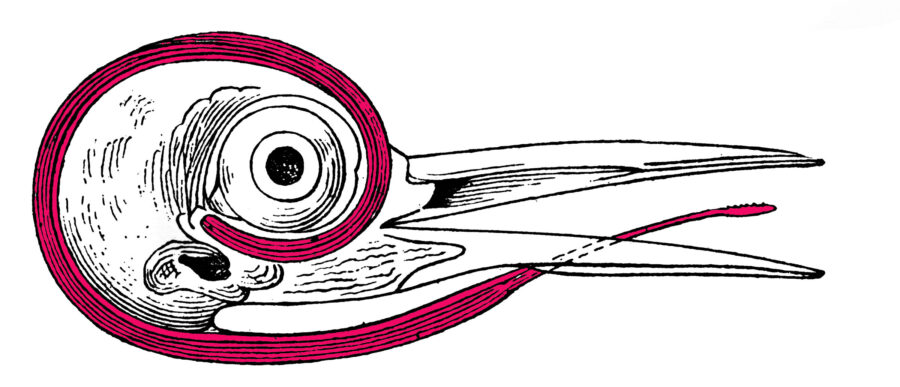Your typical woodpecker will bang its head against wood 20 times per second, accelerating 1,200 times more than gravity. In an average day, a woodpecker does this around 12,000 times.

Despite the serious head banging, the woodpecker suffers no concussions or any kind of head injury. What’s this bird made of?
A skull made of sponge-like bone
To get to the bottom of things, a team of researchers from Beijing and Hong Kong zoomed in on the woodpecker’s behavior closer than anyone ever had. The birds were put inside a special chamber where two synchronous high-speed cameras recorded their pecking, and a force sensor measured the pecking force.

The birds’ heads were also scanned with X-rays and an electron microscope to image the bone structure. Preserved woodpecker skulls were also placed in a material testing machine and crushed for science.
This data was then used to build a 3D model of the birds’ heads which they can then smash in simulations, without hurting any actual live woodpeckers.

This battery of tests revealed the woodpecker’s skull is unsurprisingly very sturdy, unlike most birds whose skulls are fragile. It’s made out of extremely strong, yet compressible sponge-like bone.
The spongy bone is unevenly distributed around the skull, being most concentrated in the forehead and the back of the skull. Additionally, the beak and skull are connected by an elastic tissue that helps cushion the blow.

Inside the skull, the woodpecker’s brain is also armored. Unlike human brains which are floating about in a pool of cushioning cerebrospinal fluid, the woodpecker’s brain is very tightly enclosed in the skull, with little or no cerebrospinal fluid.
This means its brain doesn’t move about very much and collision force is spread out evenly over a larger area. Probably, this is the most important feature that helps woodpeckers avoid concussions.





